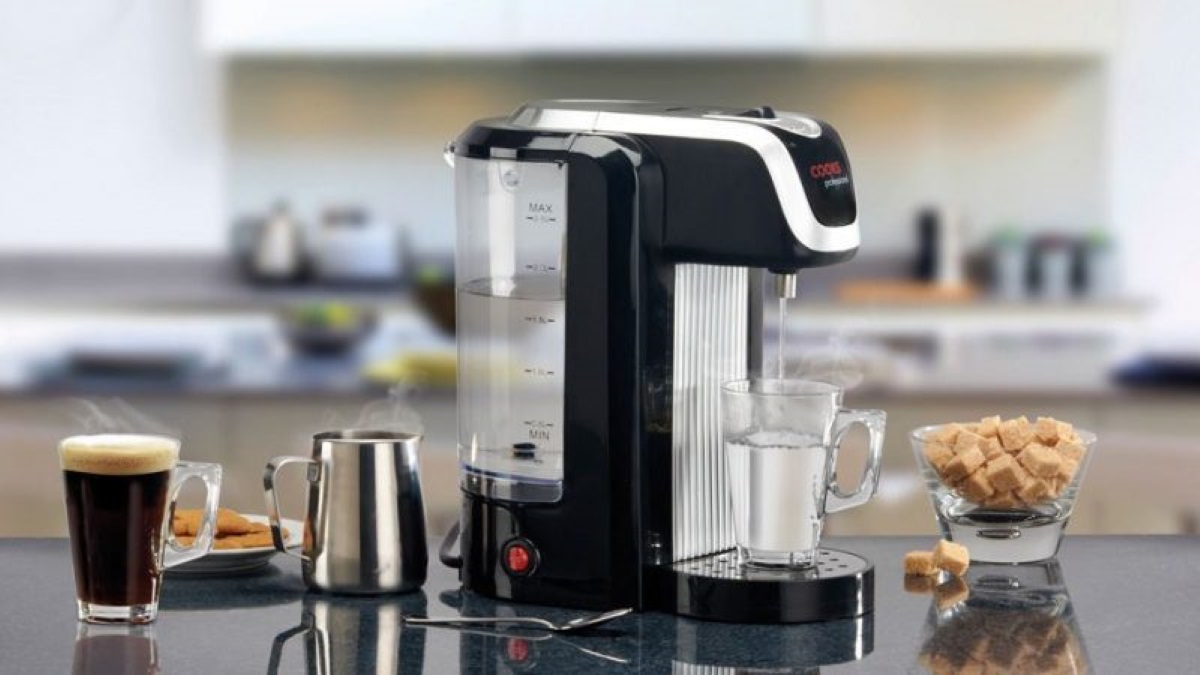

Articles
How To Descale A Hot Water Dispenser
Modified: February 26, 2024
Learn the step-by-step process of descaling a hot water dispenser with our informative articles. Ensure your appliance stays clean and functioning optimally.
(Many of the links in this article redirect to a specific reviewed product. Your purchase of these products through affiliate links helps to generate commission for Storables.com, at no extra cost. Learn more)
Introduction
A hot water dispenser is a convenient appliance found in many households and offices. It provides instant access to hot water for making tea, coffee, soups, and other beverages or recipes. Over time, mineral deposits can build up inside the dispenser, affecting its performance and even the taste of the water. This is where the process of descaling becomes crucial.
Descaling is the process of removing these mineral deposits, such as calcium and limescale, from the internal components of the hot water dispenser. Regular descaling not only ensures that your dispenser continues to function optimally, but it also helps extend its lifespan.
In this article, we will explore the importance of descaling your hot water dispenser, how to identify when it needs descaling, the materials needed for the descaling process, and a step-by-step guide to effectively descale your dispenser.
Key Takeaways:
- Regular descaling of your hot water dispenser is crucial to maintain optimal performance, prevent mineral deposit buildup, and ensure clean, fresh-tasting water for your beverages and recipes.
- By following the manufacturer’s instructions, using the right descaling solution, and establishing a regular descaling schedule, you can prolong the lifespan of your hot water dispenser and enjoy the convenience of instant hot water.
Read more: How To Descale Zojirushi Hot Water Dispenser
What is a Hot Water Dispenser?
A hot water dispenser is a compact appliance designed to heat and dispense hot water on demand. It typically consists of a water reservoir, a heating element, and a dispensing mechanism. Hot water dispensers can come in various sizes and styles, ranging from countertop models to integrated units installed in kitchen sinks or coffee machines.
Why is Descaling Important?
Descaling is important because mineral deposits, such as calcium and limescale, can accumulate over time and affect the functionality of your hot water dispenser. These deposits not only impair the heating element’s efficiency, resulting in slower heating times and increased energy consumption but can also clog the dispenser’s internal pathways, leading to reduced water flow.
Moreover, the mineral deposits can alter the taste and odor of the hot water, impacting the quality of your beverages or food preparations. Descaling your hot water dispenser regularly helps to remove these mineral deposits, ensuring optimal performance and maintaining the desired taste and aroma of the water.
Signs that Your Hot Water Dispenser Needs Descaling
There are several signs that indicate it is time to descale your hot water dispenser:
- The water takes longer to heat up than usual.
- There is a significant decrease in the water flow rate.
- There are visible mineral deposits or scales inside the dispenser.
- The water has an unusual taste or odor.
- There is noticeable discoloration in the water or on the dispenser’s surface.
- You have not descaled the dispenser in a long time.
If you notice any of these signs, it is recommended to initiate the descaling process to maintain the optimal performance and lifespan of your hot water dispenser.
Key Takeaways:
- Regular descaling of your hot water dispenser is crucial to maintain optimal performance, prevent mineral deposit buildup, and ensure clean, fresh-tasting water for your beverages and recipes.
- By following the manufacturer’s instructions, using the right descaling solution, and establishing a regular descaling schedule, you can prolong the lifespan of your hot water dispenser and enjoy the convenience of instant hot water.
Read more: How To Descale Zojirushi Hot Water Dispenser
What is a Hot Water Dispenser?
A hot water dispenser is a convenient appliance that provides instant access to hot water for various purposes. It is designed to heat and dispense hot water on demand, eliminating the need to boil water on the stove or wait for a kettle to heat up. Hot water dispensers are commonly found in households, offices, and commercial settings, such as cafes and restaurants.
Hot water dispensers come in different sizes and styles, ranging from compact countertop models to larger integrated units installed in kitchen sinks or coffee machines. They consist of a water reservoir, a heating element, and a dispensing mechanism. The water reservoir holds a certain capacity of water, which is heated by the heating element inside the dispenser. Once the water reaches the desired temperature, it is dispensed through a spout or faucet.
There are various types of hot water dispensers available in the market. Some models offer a single temperature setting, typically ranging from 160°F to 205°F (70°C to 96°C). These are suitable for general hot water needs like preparing tea, coffee, or instant soups. Other advanced models feature multiple temperature settings, allowing users to choose their desired level of hot water for different beverages or recipes.
Hot water dispensers offer numerous benefits and convenience. They save time by instantly providing hot water, eliminating the waiting time required for conventional water heating methods. Whether you need hot water for a quick cup of tea in the morning or preparing a large batch of hot beverages for a gathering, a hot water dispenser can simplify the process and make it more efficient.
In addition to the convenience factor, hot water dispensers are also energy-efficient. They heat and dispense only the required amount of hot water, avoiding the need to heat a full kettle or pot of water on the stove. This helps to conserve energy and reduce utility bills in the long run.
Hot water dispensers are designed with safety features to ensure safe operation. These features may include child locks, auto shut-off functions, and indicator lights to warn users about overheating or low water levels. The dispenser’s exterior is typically insulated to prevent accidental burns, making it safer to use, especially in households with children.
Overall, a hot water dispenser is a practical and efficient appliance that provides instant hot water for various purposes. Whether you need it for preparing hot beverages, cooking, or even for instant hot water bottles, a hot water dispenser can be a valuable addition to your home or workspace.
Why is Descaling Important?
Descaling is an essential maintenance task for hot water dispensers. Over time, mineral deposits, such as calcium and limescale, can accumulate inside the dispenser’s heating element and internal pathways. These deposits can negatively impact the performance, efficiency, and longevity of the dispenser if not addressed promptly.
One of the primary reasons why descaling is important is to maintain optimal heating efficiency. When mineral deposits build up on the heating element, they act as an insulator, reducing the element’s ability to transfer heat effectively. As a result, it takes longer for the water to heat up, leading to increased energy consumption and longer waiting times for hot water.
Furthermore, the accumulation of mineral deposits can obstruct the internal pathways of the hot water dispenser. This can cause a decrease in the water flow rate, resulting in a weak or slow dispensing process. If left unattended, the blockages can become severe, preventing the dispenser from functioning correctly and potentially leading to permanent damage.
In addition to affecting the functionality of the dispenser, mineral deposits can impact the taste and quality of the hot water. The presence of calcium and limescale can alter the taste and odor of the water, making it unpleasant to drink or use in beverages and recipes. Descaling the hot water dispenser removes these deposits, ensuring that the water tastes fresh and remains free from any unwanted flavors or odors.
Regular descaling also helps to prolong the lifespan of the hot water dispenser. By preventing the accumulation of mineral deposits, the dispenser is less prone to damage and malfunctions caused by blockages and decreased performance. Descaling at regular intervals can extend the lifespan of your hot water dispenser, saving you money on frequent repairs or the need for a replacement.
Moreover, descaling is not only beneficial for the hot water dispenser but also for your health. The presence of mineral deposits can create a breeding ground for bacteria and other microorganisms. These can contaminate the hot water as it passes through the dispenser, potentially causing health issues if consumed. Descaling removes these deposits, ensuring that the water remains clean and safe for consumption.
Overall, descaling is crucial to maintaining the optimal performance, efficiency, and lifespan of your hot water dispenser. By regularly removing mineral deposits, you can enjoy faster heating times, improved water flow, better-tasting water, and a healthier hot water supply. It is recommended to follow the manufacturer’s guidelines and descale your hot water dispenser as needed to experience these benefits and ensure the longevity of your appliance.
Signs that Your Hot Water Dispenser Needs Descaling
Regular descaling is essential to maintain the optimal performance and longevity of your hot water dispenser. But how do you know when it’s time to descale? Here are some key signs that indicate your hot water dispenser needs descaling:
- Longer Heating Time: If you notice that your hot water dispenser takes longer than usual to heat the water, it could be a sign of mineral deposit buildup. The presence of calcium and limescale on the heating element reduces its efficiency, resulting in slower heating times.
- Reduced Water Flow: If the water flow from your hot water dispenser has significantly decreased, it may indicate blockages in the internal pathways. Over time, mineral deposits can accumulate and restrict the water flow, leading to a weak or slow dispensing process.
- Visible Mineral Deposits: Sometimes, you may be able to visually see the mineral deposits inside your hot water dispenser. These deposits often appear as white or off-white scales on the internal surfaces of the dispenser. If you notice these deposits, it is a clear indication that descaling is needed.
- Unusual Taste or Odor: Mineral deposits can affect the taste and odor of the hot water coming from the dispenser. If you notice a change in the taste or an unpleasant odor, it is likely due to the presence of calcium and limescale. Descaling the dispenser will help restore the fresh and clean taste of the water.
- Discoloration in Water or on Dispenser: Another sign of mineral deposit buildup is discoloration in the water or on the surface of the dispenser. You may notice a yellowish or brownish tint in the water or stains on the dispenser. These are indications that descaling is necessary to remove the accumulated deposits.
- Past Descale Date: It is important to keep track of when you last performed a descaling procedure on your hot water dispenser. Most manufacturers provide guidelines on how frequently the dispenser should be descaled. If you realize that it has been longer than recommended since the last descaling, it’s time to take action.
If you notice any of these signs, it is crucial to initiate the descaling process for your hot water dispenser. Regular descaling will maintain the optimal performance of the dispenser, ensure a constant flow of clean and fresh-tasting water, and extend the appliance’s lifespan. Refer to the manufacturer’s instructions or follow the recommended descaling method to effectively remove the mineral deposits and maintain your hot water dispenser in top condition.
Materials Needed for Descaling
When it comes to descaling your hot water dispenser, you will need a few materials to ensure an effective and thorough cleaning process. These materials are readily available and relatively inexpensive. Here are the key materials you will need:
- Descaling Solution: The most crucial material for descaling is a descaling solution. This solution is specifically designed to break down and remove mineral deposits, such as calcium and limescale, from the internal components of your hot water dispenser. You can find descaling solutions at most home improvement stores or online. Alternatively, you can also make a DIY descaling solution using a mixture of vinegar and water, following the recommended ratios.
- Water: You will need sufficient water to fill the reservoir of your hot water dispenser. It is important to use clean, fresh water for the descaling process to ensure effective results.
- Sponge or Cloth: A sponge or cloth will come in handy for wiping down the exterior of the hot water dispenser during the descaling process. This helps remove any residue or stains that may have accumulated on the surface.
- Soft Brush or Toothbrush: A soft brush or toothbrush can be used to gently scrub and remove any stubborn mineral deposits from the dispensing mechanism or hard-to-reach areas inside the dispenser. Make sure the brush has soft bristles to avoid scratching or damaging the surfaces.
- Bowl or Container: You will need a bowl or container to collect the water and descaling solution that you flush out during the descaling process. This ensures convenient disposal and prevents any mess while performing the procedure.
- Cleaning Gloves: Descaling solutions can sometimes be harsh or irritating to the skin. It is recommended to wear cleaning gloves to protect your hands during the descaling process.
- Timer or Clock: Setting a timer or using a clock will help you keep track of the required soaking time for the descaling solution. This ensures that the descaling process is done for the appropriate duration for optimal results.
It’s important to read the manufacturer’s instructions or the descaling solution’s label to ensure you have all the necessary materials and follow the recommended procedures for your specific hot water dispenser. By having these materials prepared beforehand, you can proceed with the descaling process smoothly and efficiently, ensuring a clean and well-maintained hot water dispenser.
Step-by-Step Guide: How to Descale a Hot Water Dispenser
Regular descaling is essential to maintain the optimal performance and longevity of your hot water dispenser. Follow this step-by-step guide to effectively descale your hot water dispenser:
- Read the Instructions: Start by reading the manufacturer’s instructions specific to your hot water dispenser. Familiarize yourself with any descaling recommendations, warnings, or precautions listed.
- Prepare the Descaling Solution: Prepare the descaling solution according to the manufacturer’s instructions or the recommended DIY solution. Follow the recommended ratios of the descaling solution and water, as excessive concentration can potentially damage your dispenser or leave behind residues.
- Empty the Water Reservoir: Ensure that the water reservoir of your hot water dispenser is empty. Carefully remove any remaining water, taking caution not to spill any on electrical parts or connections.
- Pour the Descaling Solution: Pour the descaling solution into the water reservoir, making sure to fill it to the appropriate level. If your dispenser has a hot water and cold water reservoir, pour the solution into the appropriate reservoir where the heating element is located.
- Run a Descaling Cycle: Switch on the hot water dispenser and allow it to run a complete descaling cycle. The heating element will heat the descaling solution, passing it through the internal components and dispensing it. Make sure there is a container or bowl placed under the spout to collect the solution that comes out.
- Soak and Rinse: Once the descaling cycle is complete, allow the descaling solution to sit inside the dispenser for the recommended soaking time. This allows the solution to break down and remove the mineral deposits effectively. Refer to the manufacturer’s instructions for the appropriate duration.
- Flush with Clean Water: After the soaking time is complete, thoroughly rinse the hot water dispenser by running several cycles of clean water through it. This helps to flush out any remaining descaling solution and loose debris. Make sure to collect the rinse water in a container or bowl as well.
- Wipe the Exterior: While the dispenser is rinsing, take a sponge or cloth and wipe down the exterior surfaces of the hot water dispenser. Remove any residue or stains that may have accumulated on the surface during the descaling process.
- Dry and Reassemble: Once the rinsing is complete, wipe the interior and exterior of the dispenser with a clean, dry cloth. Allow the dispenser to air dry completely before reassembling the parts and refilling the water reservoir.
- Perform Post-Descaling Checks: Switch on the hot water dispenser and check for any leaks or irregularities in the dispensing process. Ensure that the dispenser is functioning properly and the water flows smoothly without any signs of mineral deposits or blockages.
Remember to follow the manufacturer’s specific instructions and recommendations for descaling your hot water dispenser. Regular descaling, performed at the recommended intervals, will help to maintain the optimal performance, efficiency, and lifespan of your hot water dispenser.
Read more: How Does A Hot Water Dispenser Work
Tips for Effective Descaling
Descaling your hot water dispenser is an important maintenance task that helps keep it in optimal condition. Follow these tips to ensure that your descaling process is effective and yields the best results:
- Read the Manufacturer’s Instructions: Familiarize yourself with the specific descaling instructions provided by the manufacturer of your hot water dispenser. They may have specific recommendations for descaling procedures, descaling solutions, and frequency of descaling.
- Use the Right Descaling Solution: Choose a descaling solution that is suitable for your hot water dispenser and its components. Follow the manufacturer’s guidelines or use a DIY solution with vinegar and water, ensuring the recommended ratios for effective descaling.
- Follow Safety Precautions: When working with descaling solutions, it’s important to wear protective gloves to prevent contact with your skin. Additionally, ensure good ventilation in the area where you are performing the descaling process.
- Empty the Water Reservoir: Before starting the descaling process, make sure to empty the water reservoir completely. This avoids diluting the descaling solution, allowing it to work effectively on the mineral deposits.
- Monitor Soaking Time: Pay attention to the recommended soaking time for the descaling solution. Avoid leaving the solution in the dispenser for too long, as it can potentially damage the components. Set a timer or use a clock to track the soaking time accurately.
- Rinse Thoroughly: After the descaling cycle, rinse the hot water dispenser with clean water to remove any remaining descaling solution and loosen debris. Run several cycles of clean water through the dispenser to ensure a thorough rinse.
- Inspect and Clean Internal Components: While rinsing, inspect the internal components of the hot water dispenser. Use a soft brush or toothbrush to gently scrub away any stubborn mineral deposits or residues. Be careful not to damage the surfaces.
- Wipe and Dry: After rinsing, wipe the interior and exterior surfaces of the hot water dispenser with a clean, dry cloth. Allow the dispenser to air dry fully before reassembling and refilling with water.
- Follow Regular Descaling Schedule: To maintain the optimal performance of your hot water dispenser, establish a regular descaling schedule based on the manufacturer’s recommendations. Regular descaling helps prevent excessive mineral deposit buildup and ensures consistent performance.
- Monitor Water Quality: Keep an eye on the quality of the water dispensed by your hot water dispenser. If you notice any changes in taste or odor, it may indicate the need for descaling. Regularly monitor and address any signs of mineral deposits to help maintain the quality of your dispensed water.
By following these tips, you can effectively descale your hot water dispenser and ensure its proper functioning. Regular descaling will help maintain optimal performance, prolong the lifespan of your dispenser, and provide you with clean and fresh-tasting hot water.
Frequently Asked Questions (FAQs)
Here are some frequently asked questions about descaling hot water dispensers:
Q: How often should I descale my hot water dispenser?
A: The frequency of descaling depends on various factors such as water hardness, usage, and the specific recommendations of the manufacturer. It is generally recommended to descale your hot water dispenser every 3 to 6 months to maintain optimal performance.
Q: Can I use vinegar to descale my hot water dispenser?
A: Yes, you can use a mixture of vinegar and water as a DIY descaling solution for your hot water dispenser. Follow the recommended ratios and procedures to effectively remove mineral deposits. However, check the manufacturer’s guidelines to ensure that using vinegar will not void the warranty of your dispenser.
Q: How long does the descaling process take?
A: The descaling process can take anywhere from 30 minutes to a few hours, depending on the specific descaling method, the severity of mineral deposit buildup, and the recommendations of the manufacturer. It is important to follow the instructions provided to achieve the best results.
Q: Can I use a descaling solution designed for other appliances?
A: It is recommended to use a descaling solution specifically designed for hot water dispensers or coffee machines. Different appliances may have different needs, and using the wrong descaling solution may not effectively remove mineral deposits or could cause damage to the dispenser.
Q: How can I prevent mineral deposit buildup in my hot water dispenser?
A: To prevent mineral deposit buildup, consider using filtered water in your hot water dispenser. This can help reduce the minerals and impurities in the water, which contribute to scale formation. Regularly cleaning the dispenser and following a descaling schedule can also help prevent excessive mineral deposit buildup.
Q: Can descaling negatively affect the lifespan of my hot water dispenser?
A: No, regular descaling actually helps prolong the lifespan of your hot water dispenser. Mineral deposits can lead to decreased performance and potential damage if left untreated. Descaling removes these deposits, ensuring that the dispenser functions optimally and reducing the risk of long-term damage.
Q: Can I use citric acid for descaling?
A: Citric acid can be an effective descaling agent for hot water dispensers. However, it is important to follow the recommended ratios and procedures as provided by the manufacturer or the specific descaling solution you are using.
These are some common questions about descaling hot water dispensers. Remember to consult the manufacturer’s instructions or seek professional advice if you have any specific concerns or doubts regarding the descaling process for your hot water dispenser.
Conclusion
Descaling your hot water dispenser is an essential maintenance task that ensures optimal performance and longevity. By removing mineral deposits, such as calcium and limescale, you can maintain the efficiency of the heating element, prevent blockages in the internal pathways, and ensure that the water tastes fresh and clean. Regular descaling helps to extend the lifespan of your hot water dispenser and provides you with a consistent supply of hot water for your daily needs.
By following the step-by-step guide outlined in this article, you can effectively descale your hot water dispenser. Remember to read the manufacturer’s instructions, use the recommended descaling solution, and adhere to the appropriate soaking and rinsing times. Additionally, make sure to perform regular descaling based on the manufacturer’s recommendations and monitor the quality of the dispensed water to identify when descaling is needed.
By incorporating these descaling practices into your routine, you can ensure that your hot water dispenser operates at its best, providing you with the convenience of instant hot water for your beverages and recipes. Regular maintenance, including descaling, is key to keeping your hot water dispenser in optimal condition and enjoying its benefits for years to come.
Remember to consult the manufacturer’s instructions for your specific hot water dispenser and seek professional guidance if you have any specific concerns or questions regarding descaling. Cheers to a well-maintained hot water dispenser and continuous enjoyment of hot water!
Frequently Asked Questions about How To Descale A Hot Water Dispenser
Was this page helpful?
At Storables.com, we guarantee accurate and reliable information. Our content, validated by Expert Board Contributors, is crafted following stringent Editorial Policies. We're committed to providing you with well-researched, expert-backed insights for all your informational needs.
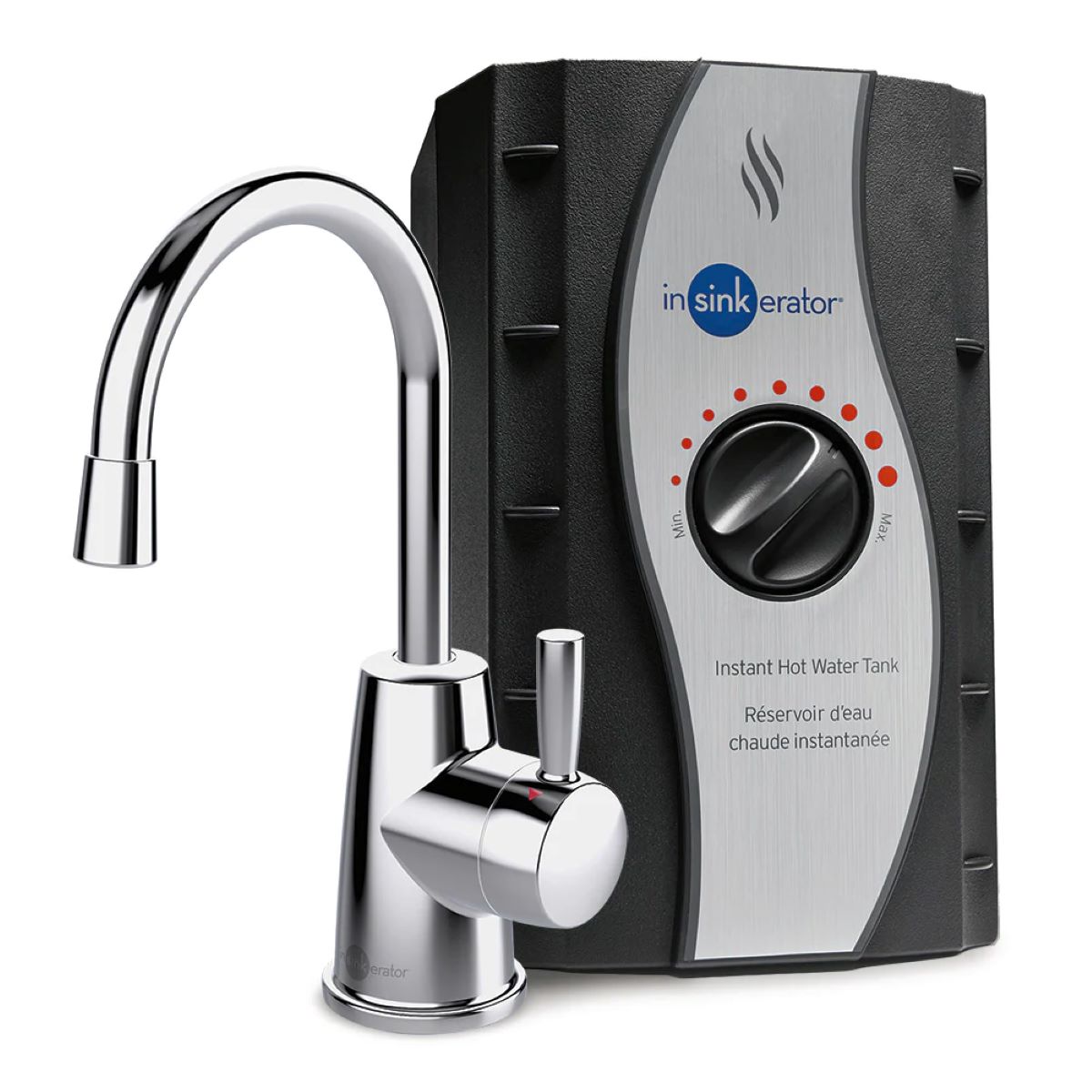
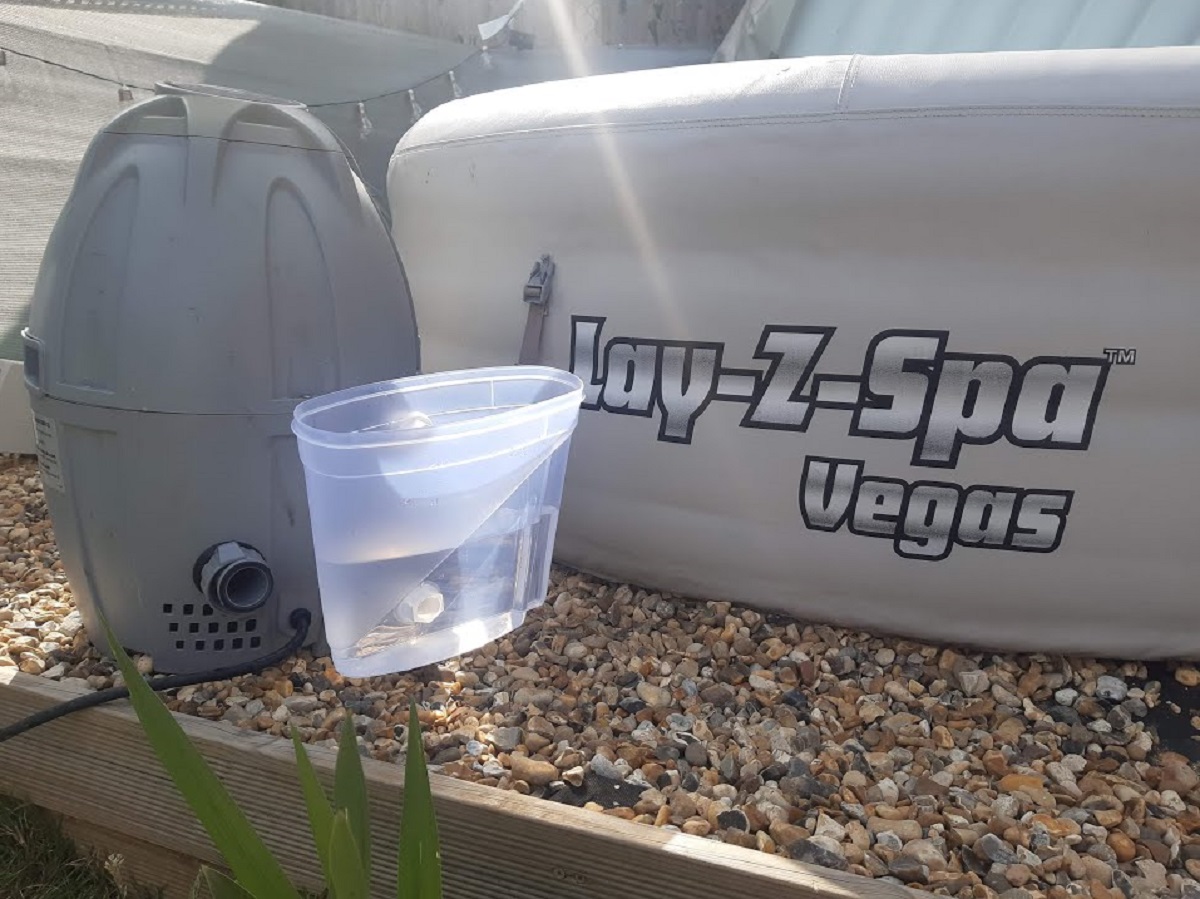
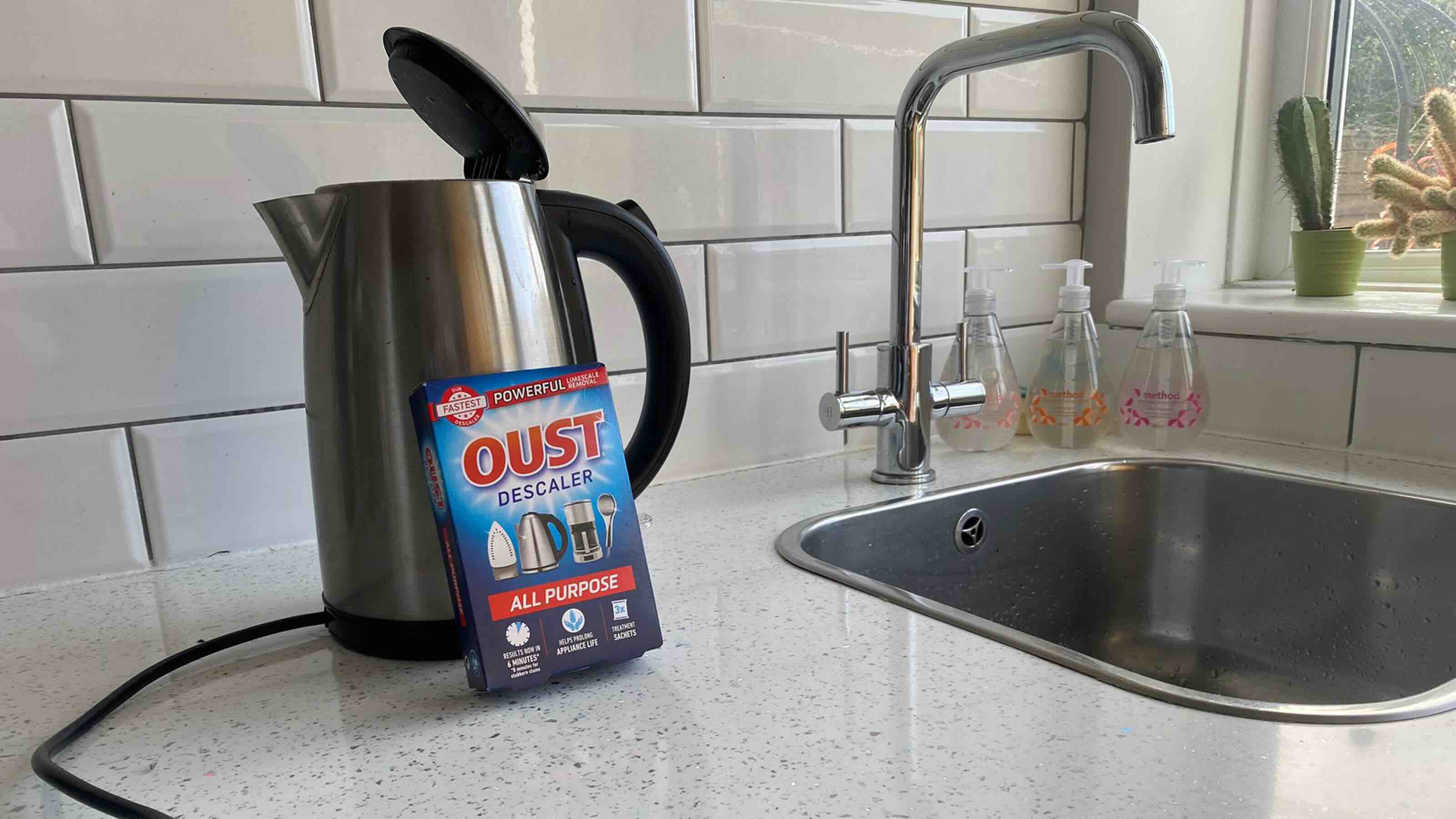
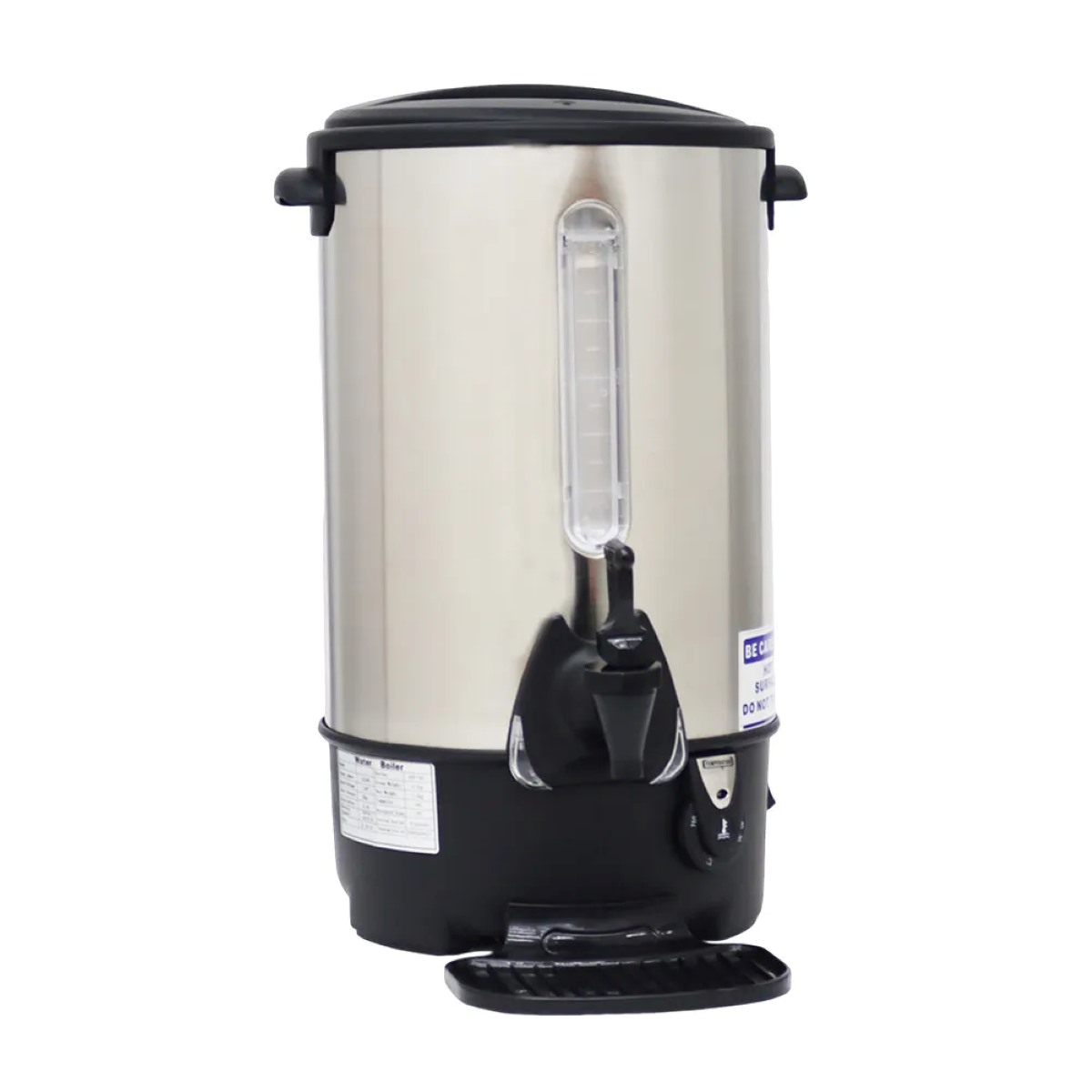
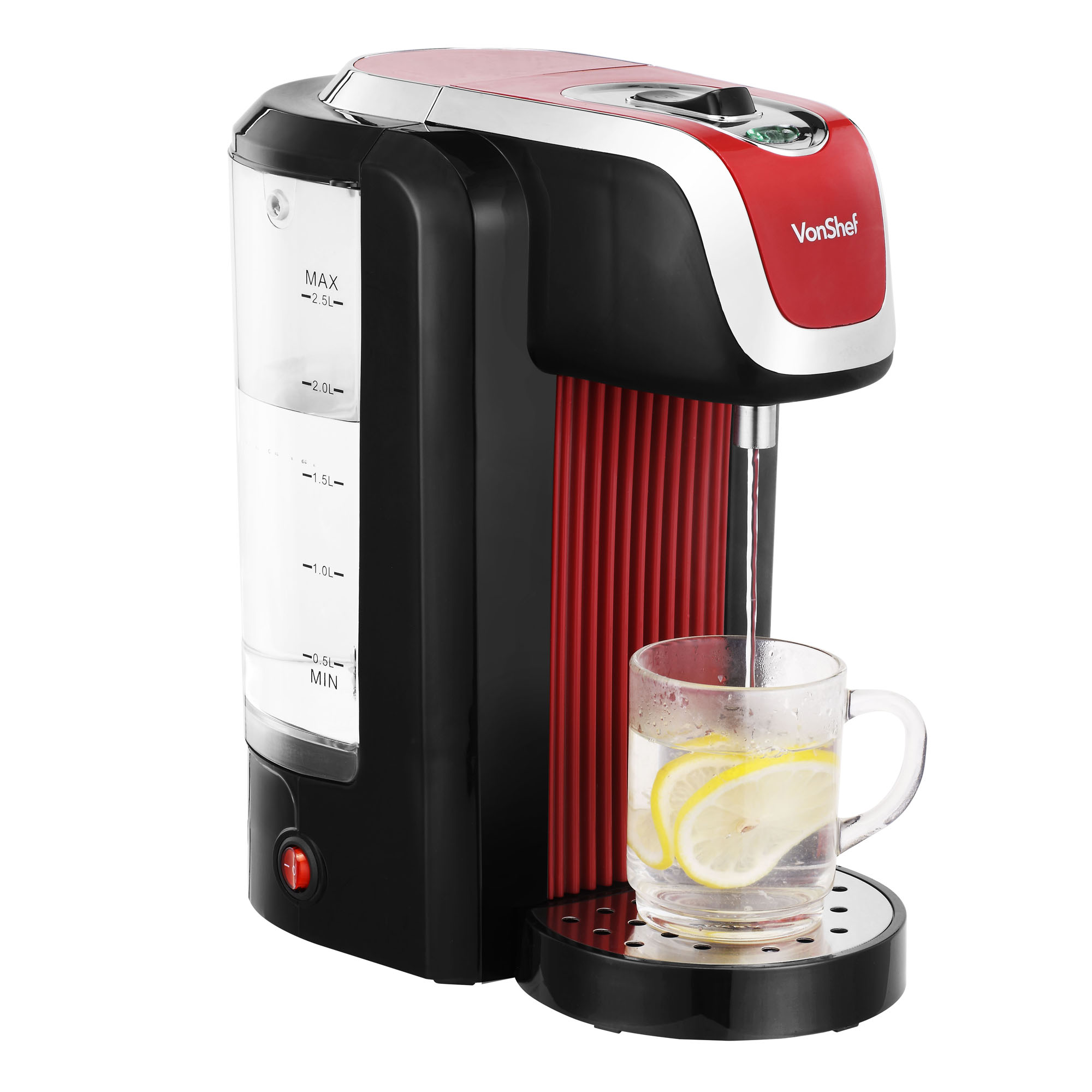
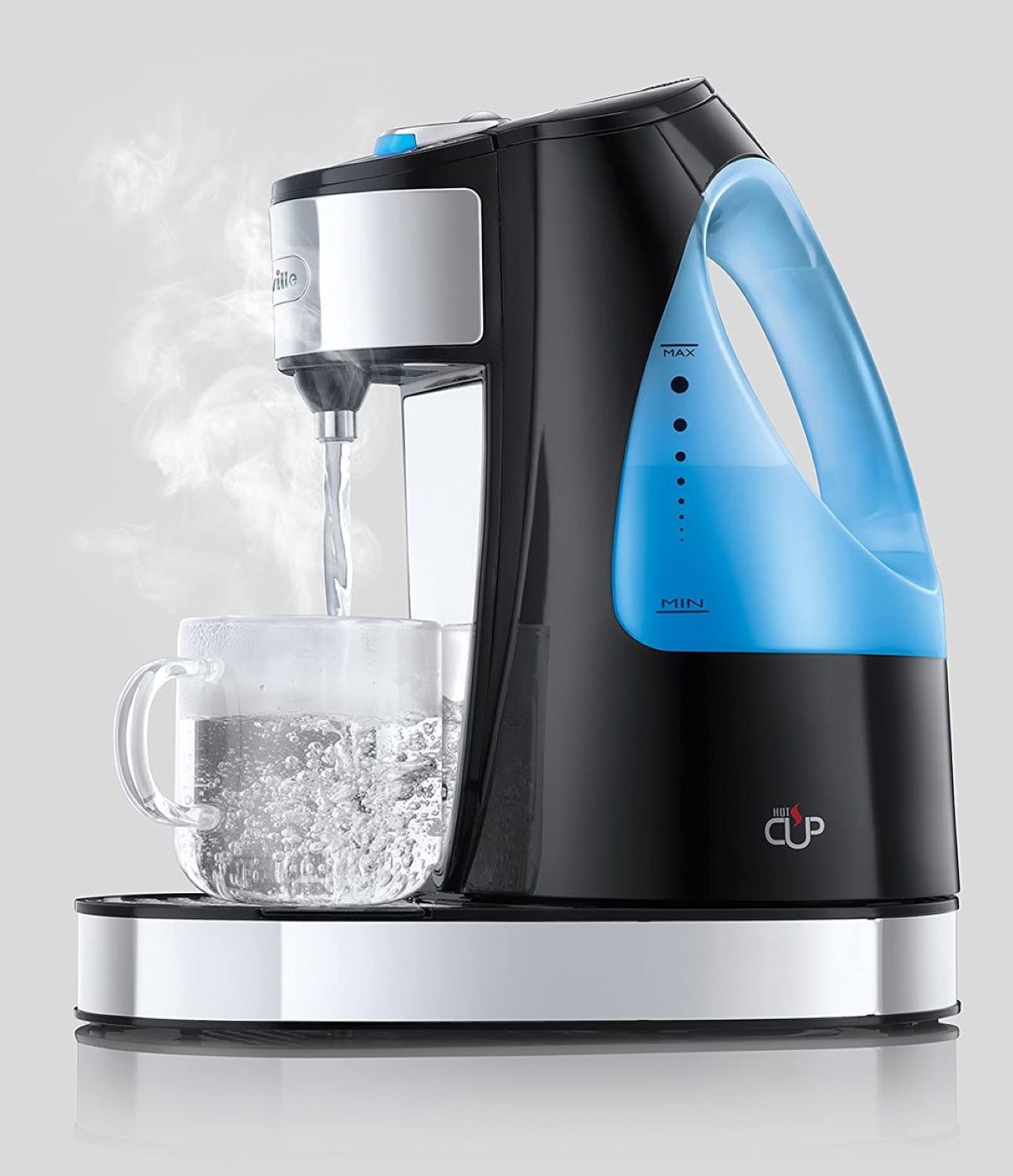
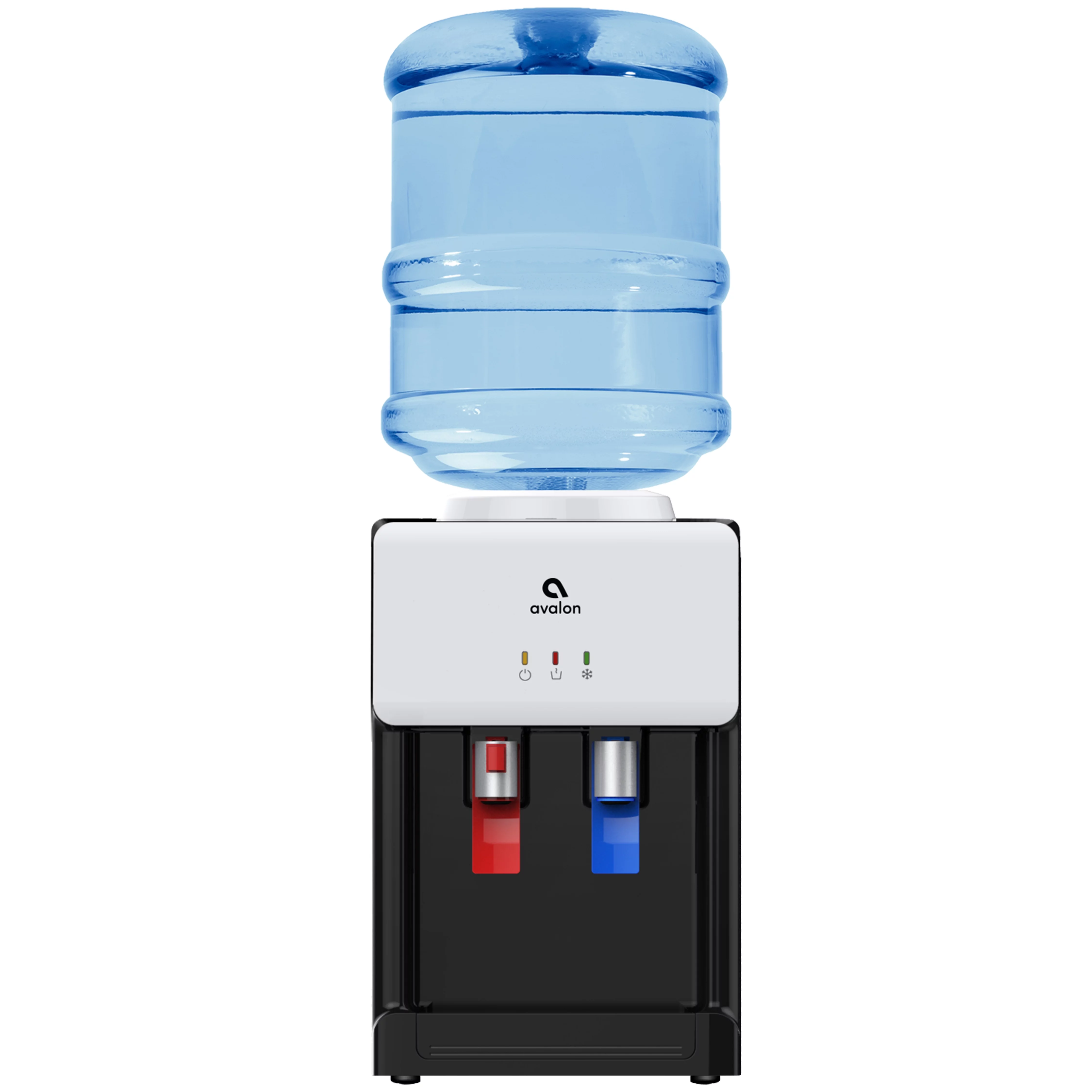
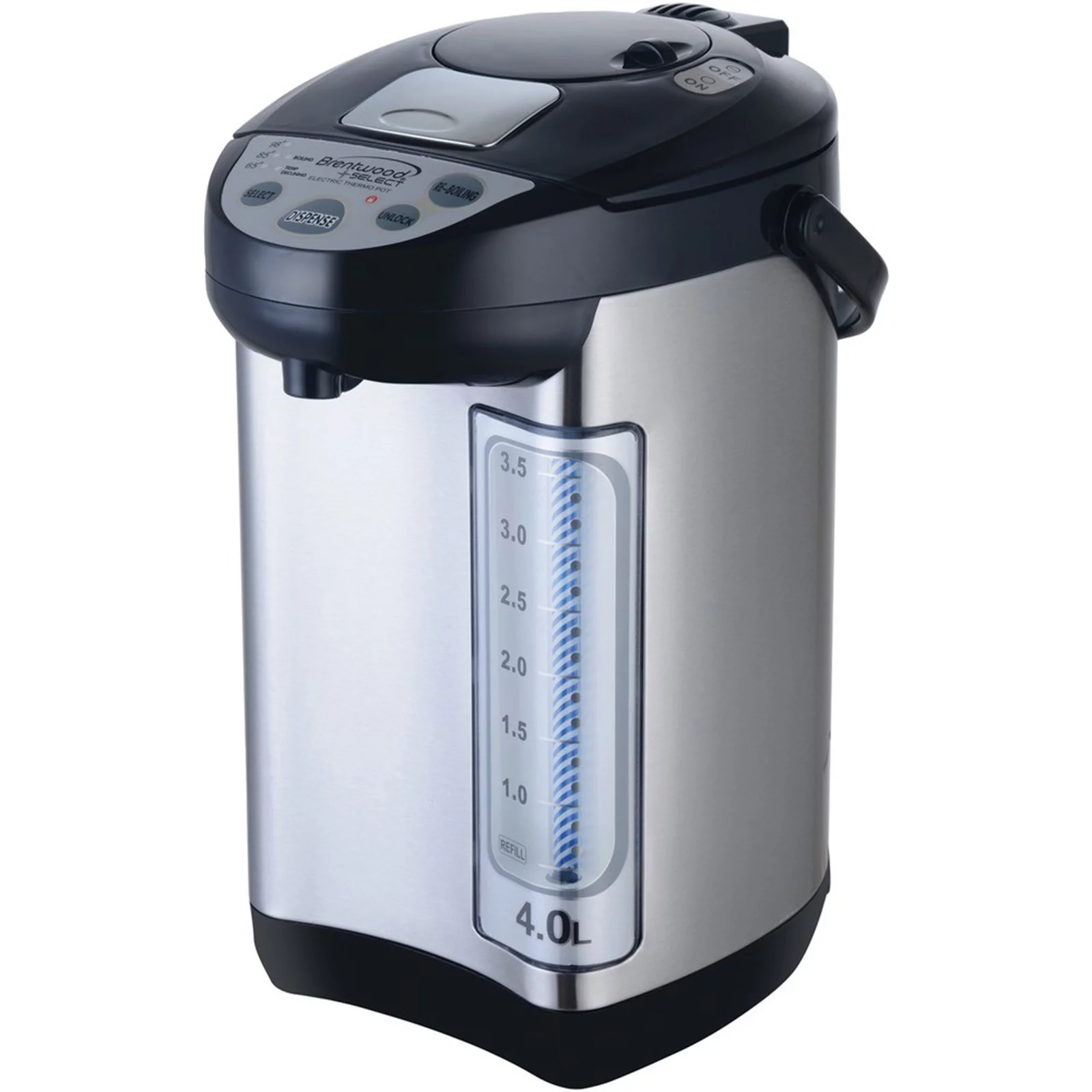
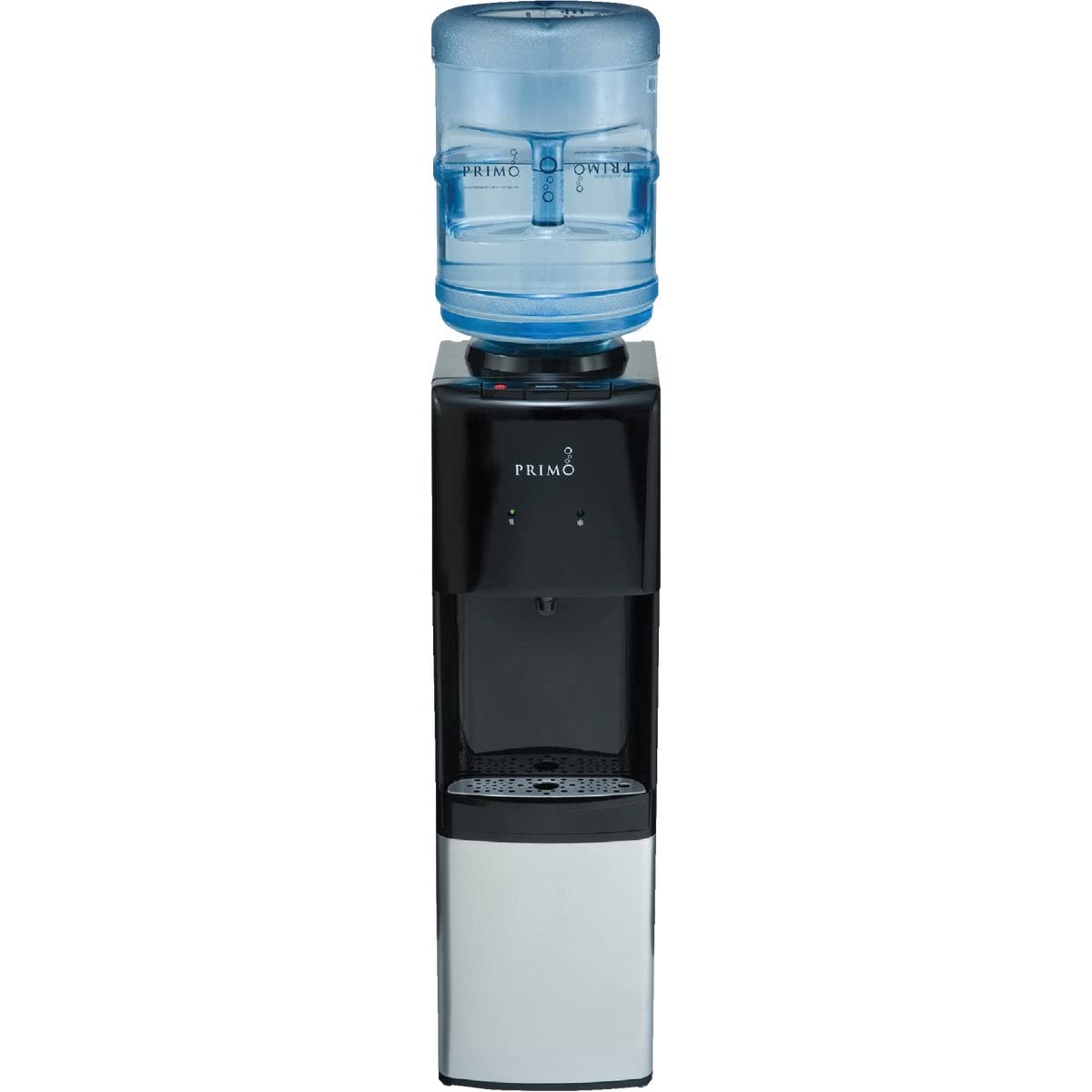
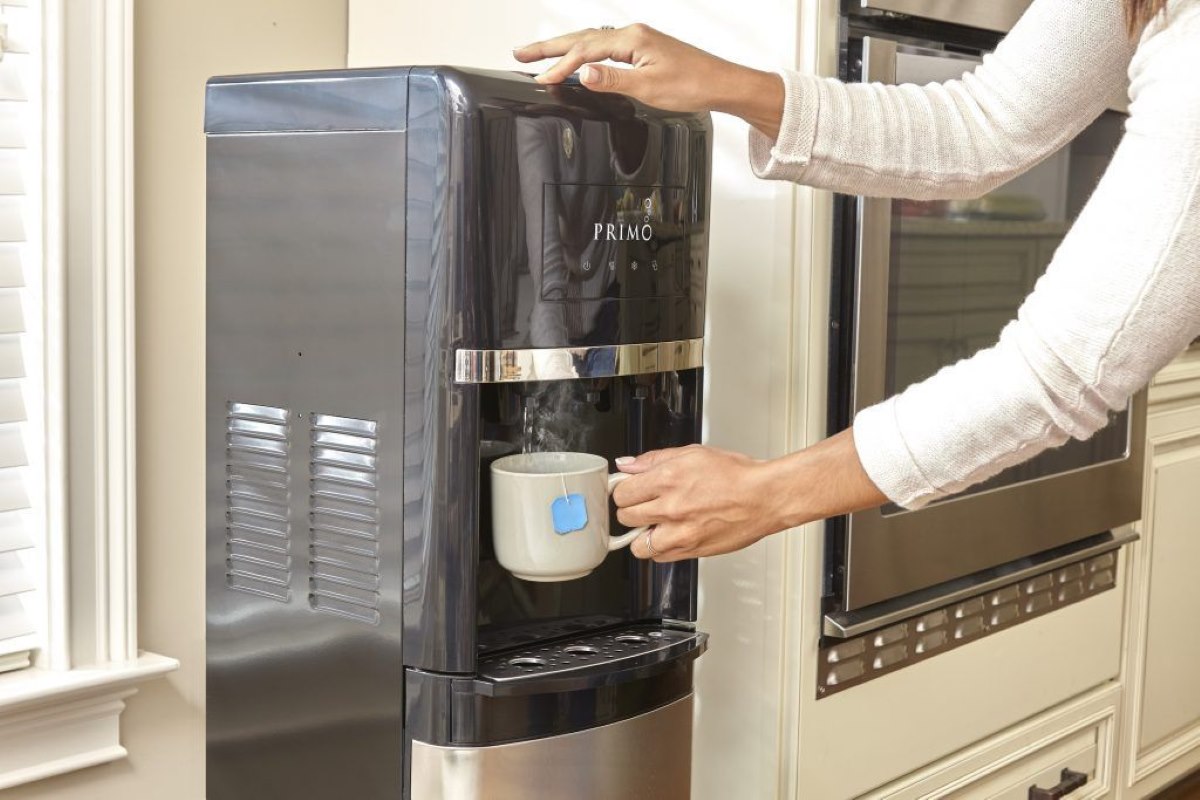
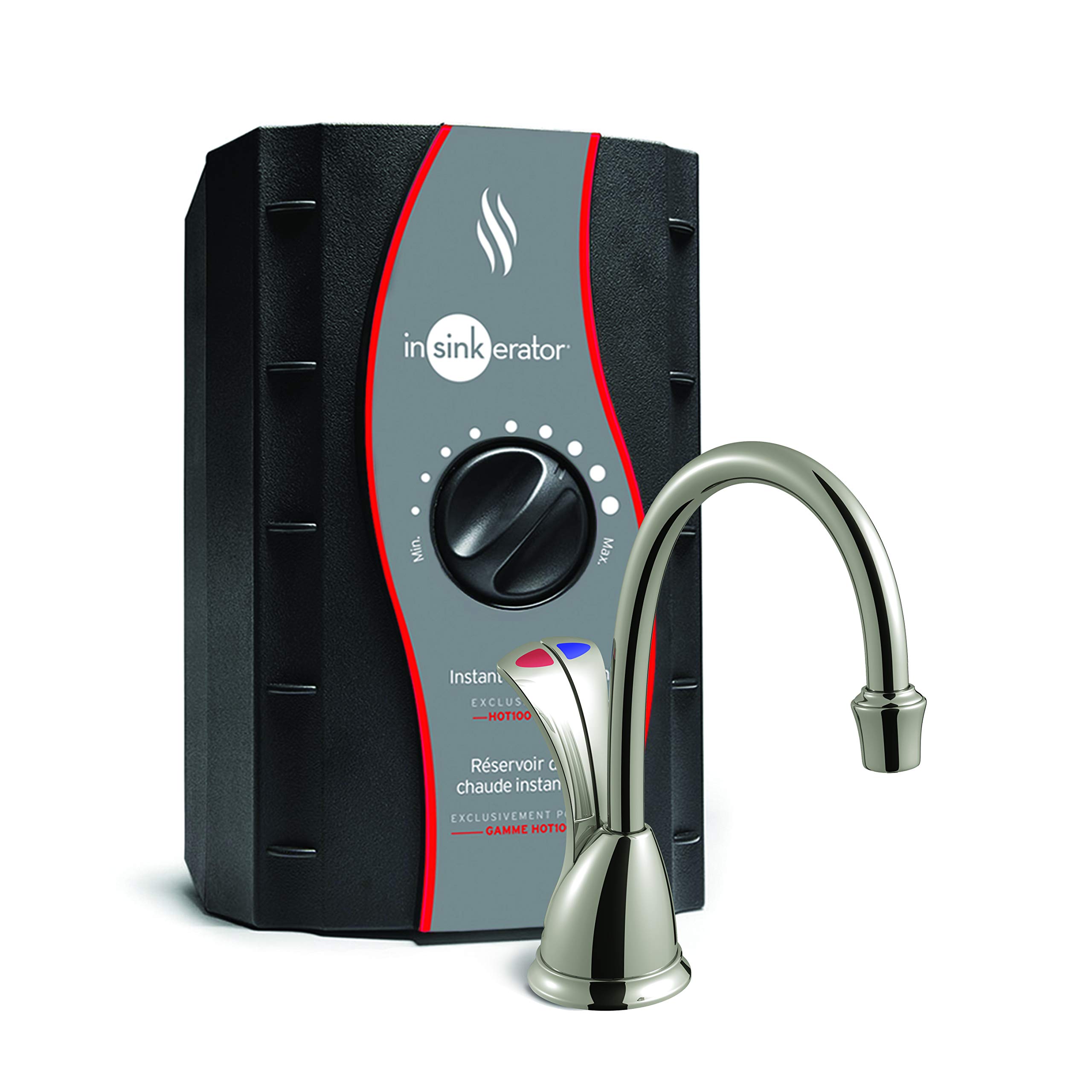
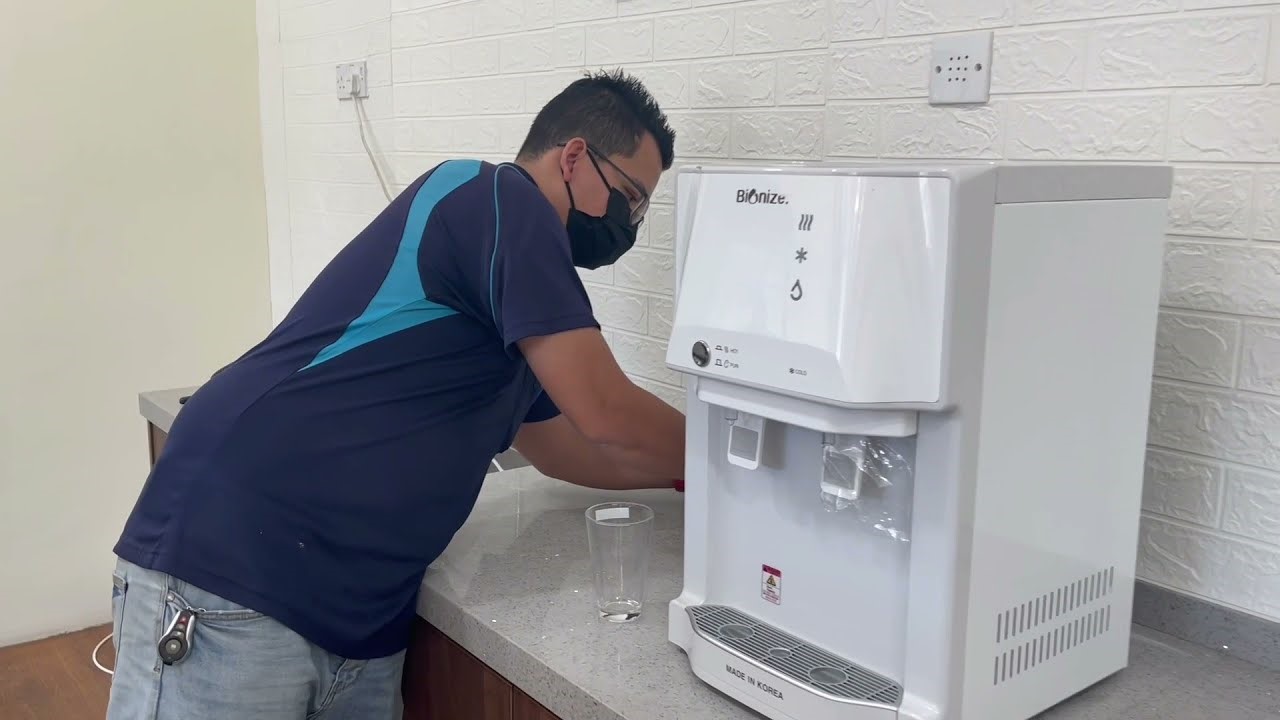
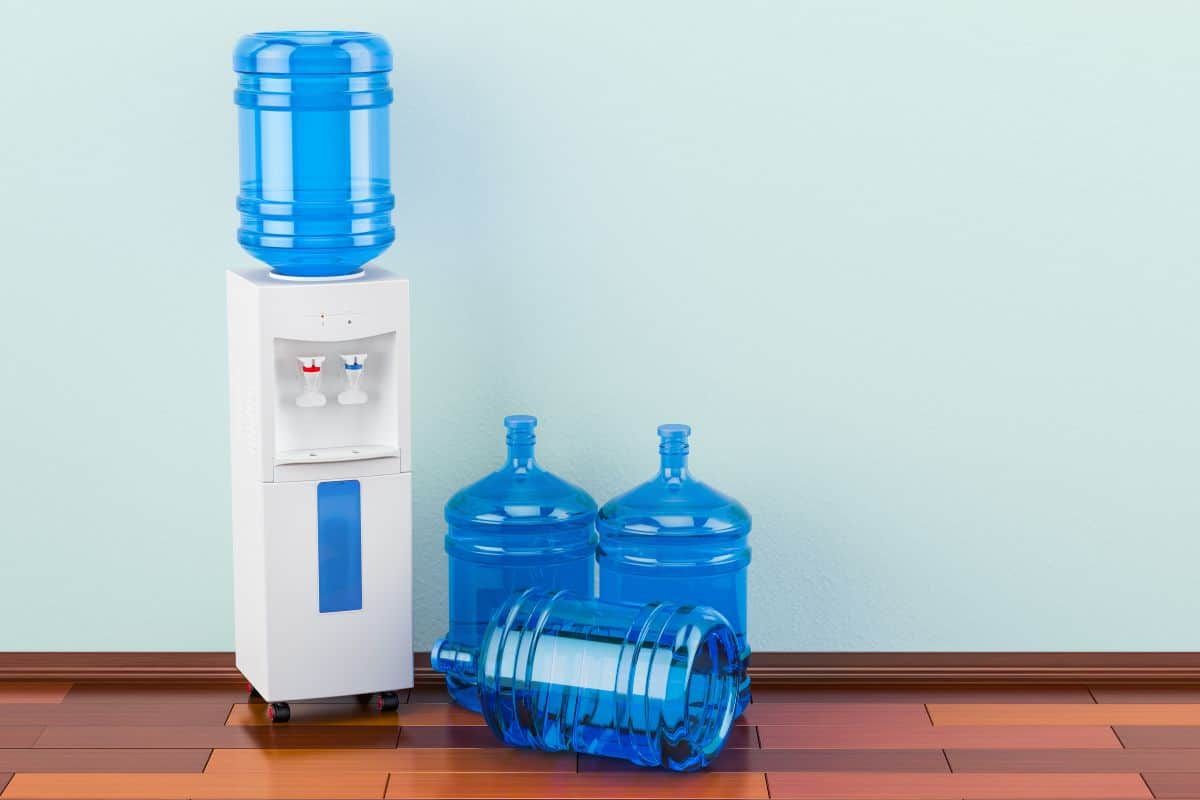

0 thoughts on “How To Descale A Hot Water Dispenser”